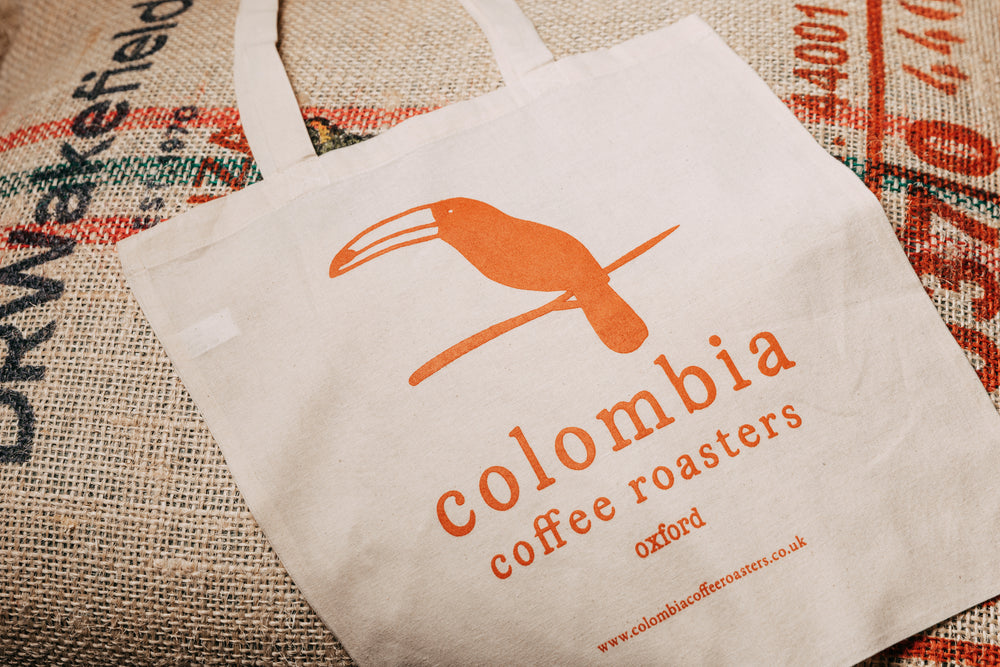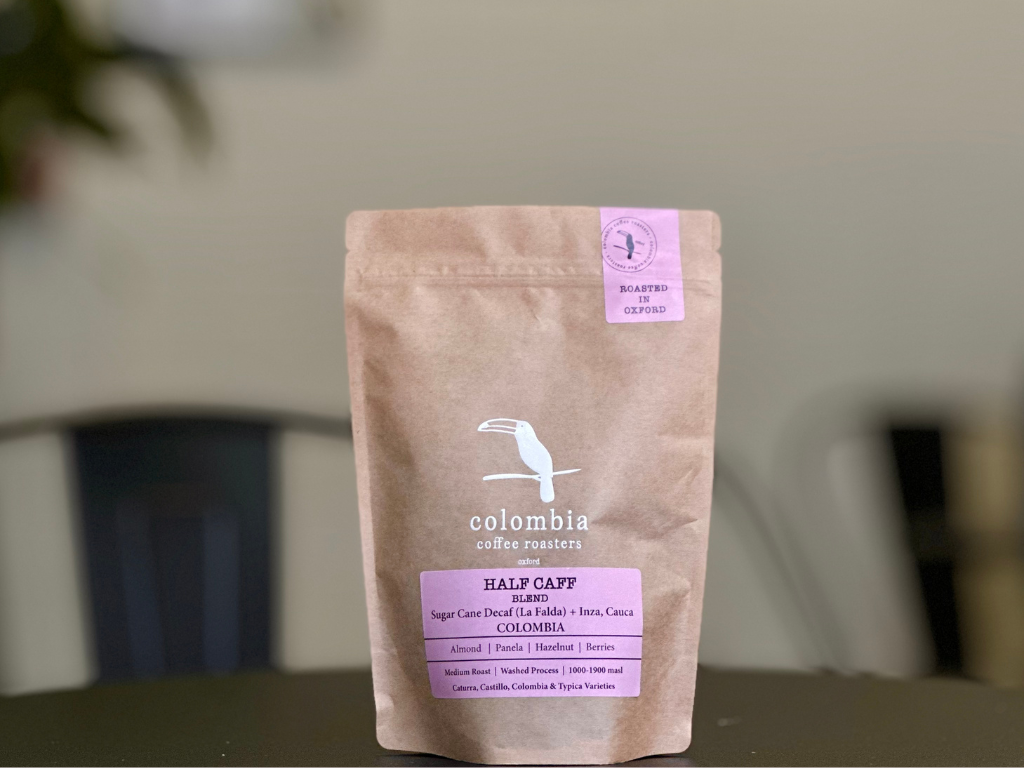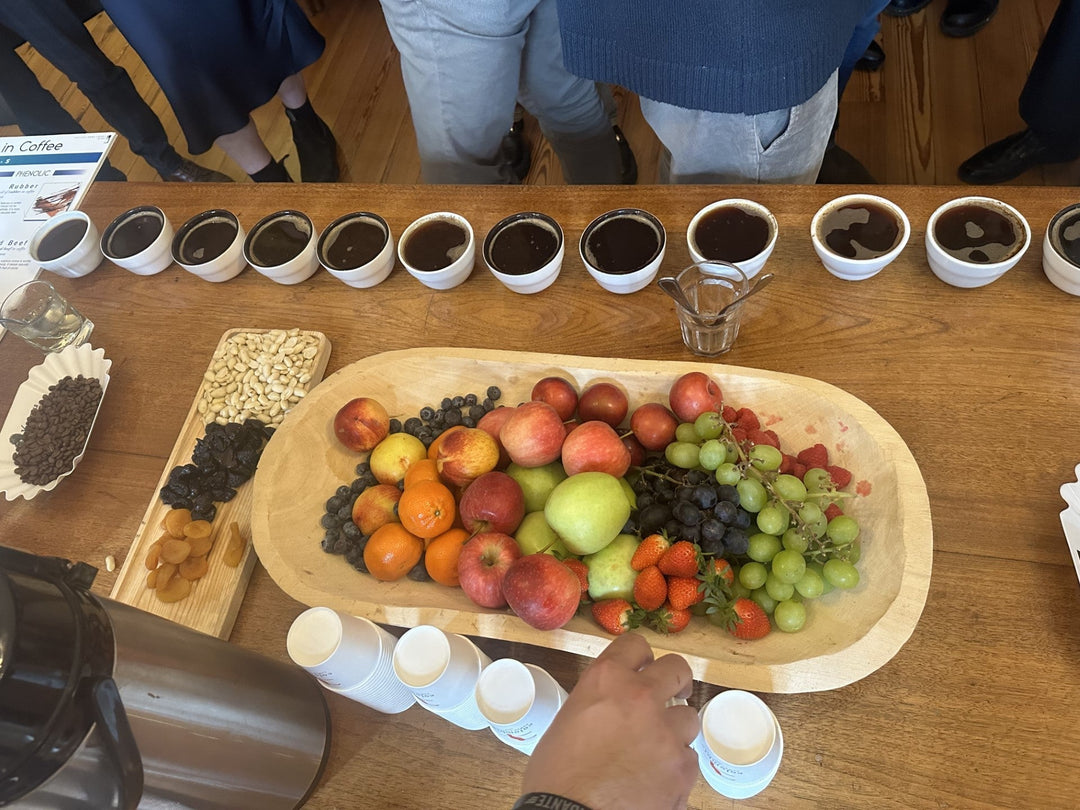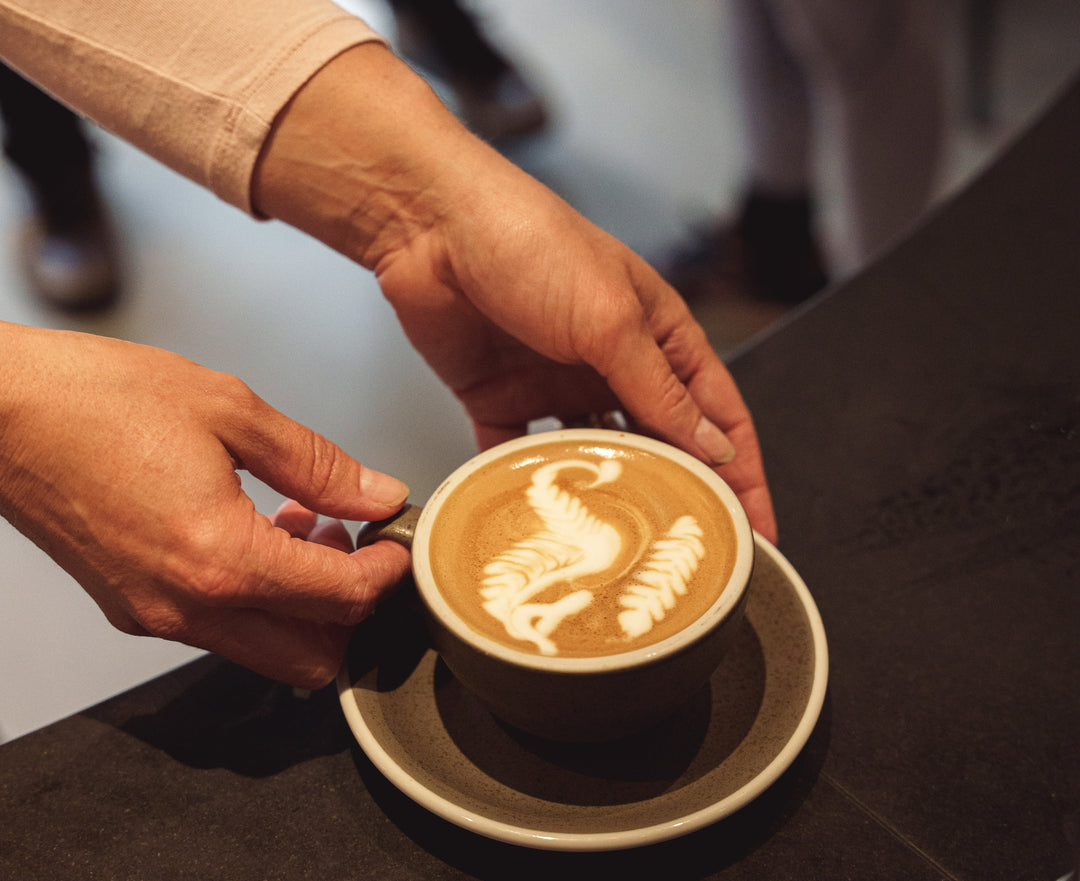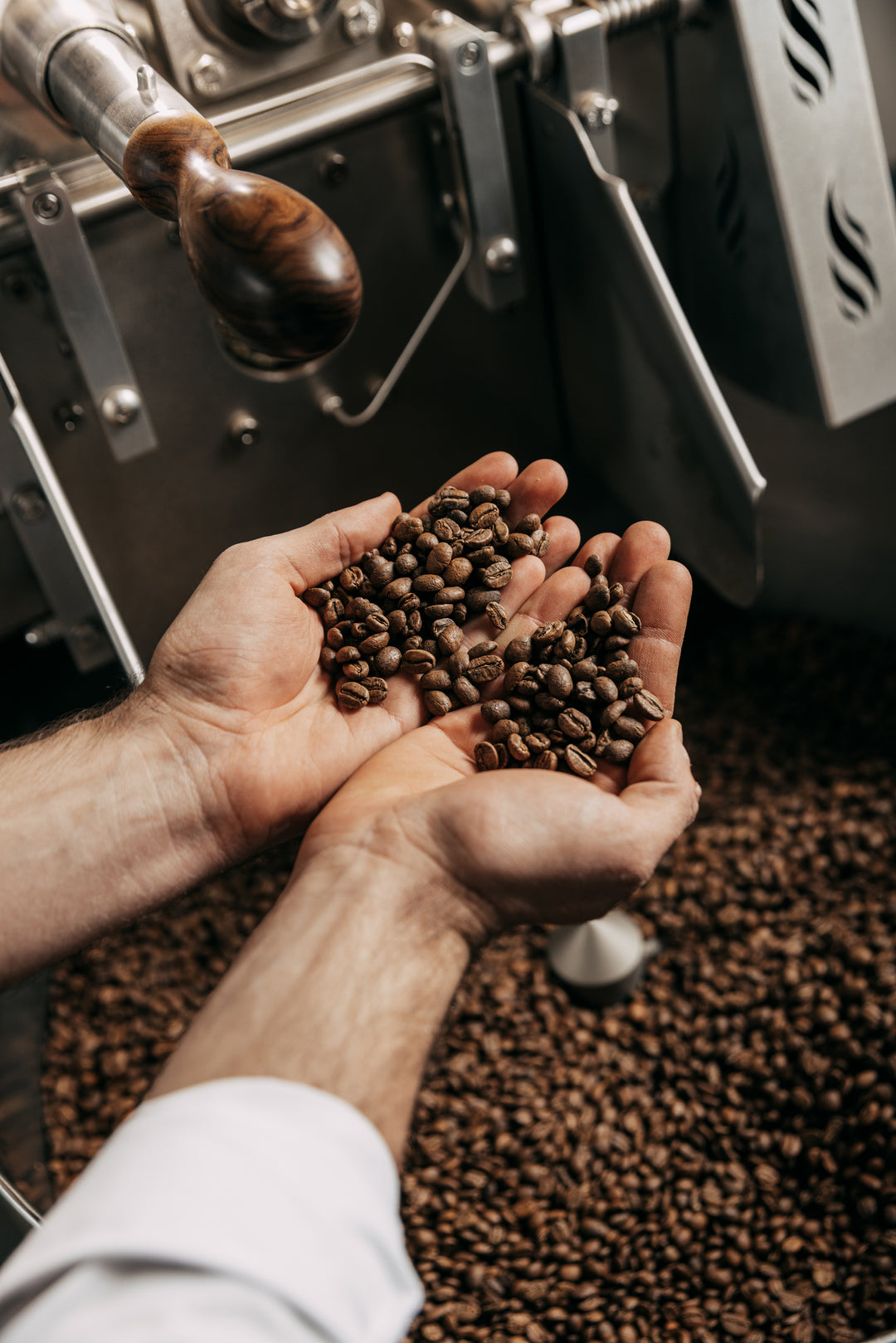4 Coffee Roasting Stages and How They Impact The Coffee's Profile

For those who aren’t roasters, we’ve always wondered what really goes in a big drummed machine that is essentially cooking seeds from coffee cherries. It’s merely setting a time and a temperature and letting the machine do the work. There are different phases during the actual roasting process that can drastically change the coffee’s profile, and, if not done correctly, can even ruin the coffee. Read on to learn and understand more about each stage during the roasting process.
Drying Phase
The drying a necessary initial phase to roasting. When coffees are processed and dried in origin, they don’t completely dry. So, when roasters receive green coffee, there’s typically 10-12% moisture still left in the bean to preserve its quality. Because of the moisture content, there needs to be a final drying phase that begins at roasting.

After heating up the drum, in other words setting a charge temperature, the beans are dropped from above into the drum where the coffee immediately goes into drying. Keep in mind that timing and temperatures are usually based on the process, density, etc of the coffees in play. The timeline of this phase is usually about 4-8 minutes and typically ends at around 160C. At the point, the beans move into the browning stage, or the maillard stage.
Maillard Zone
The maillard zone is the stage at which browning and color change beginnings to occur in the beans. During this stage, sugars and amino acids begin to break down, which essentially also develops the acidity in your cup. Ideally, this phase isn’t rushed and is typically done with time in an effort to truly maximize flavor development from the chemical reactions that are happening.
Ideally, the roasting curve that is developed should take into consideration the timing of the maillard phase. By the end of the maillard phase, the browning will have finished (moving from its green color to a yellow color and then to the brown color) and the first crack will occur. This is a sign of development and an indicator that the bean has begun opening up and becoming less dense.

Development
During development, coffees begin to develop and open up by beginning to caramelize and releasing sugars and different chemical compounds. At first crack, we know that the bean has begun development. We know this because the beans begin to crack like popcorn. Ideally, we try to avoid a rolling crack when the beans crack at different times and instead aim to obtain a
roasting curve that allows all of the beans to crack at once. Usually the first crack happens somewhere between 6-7 minutes.
Depending on the level of roast we are aiming for, development times will vary. For light roasts, we will typically end the development right after first crack. For medium roasts, our development time will be longer by a few minutes. For espresso and dark roasts, we will typically hold the beans inside the drum right before or immediately after the second crack.

Cool Down
Cool down is essentially the final part before we let the coffee rest and go into packages. At this point, coffee is released from the roaster and into a circular area below the roaster over a fan. This allows the coffee to cool and avoid any continued roasting. This also allows us to do a final step in the grading process where we remove any roasting defects such as quakers (underroasted beans) or scorched beans (over roasted/burnt beans).

Roasting is a skill and an art that takes practice and experience. We are continuously learning and changing our approach as we obtain new coffees and look to develop the best tasting coffees in the UK.
Check out our roasted coffee beans here!


